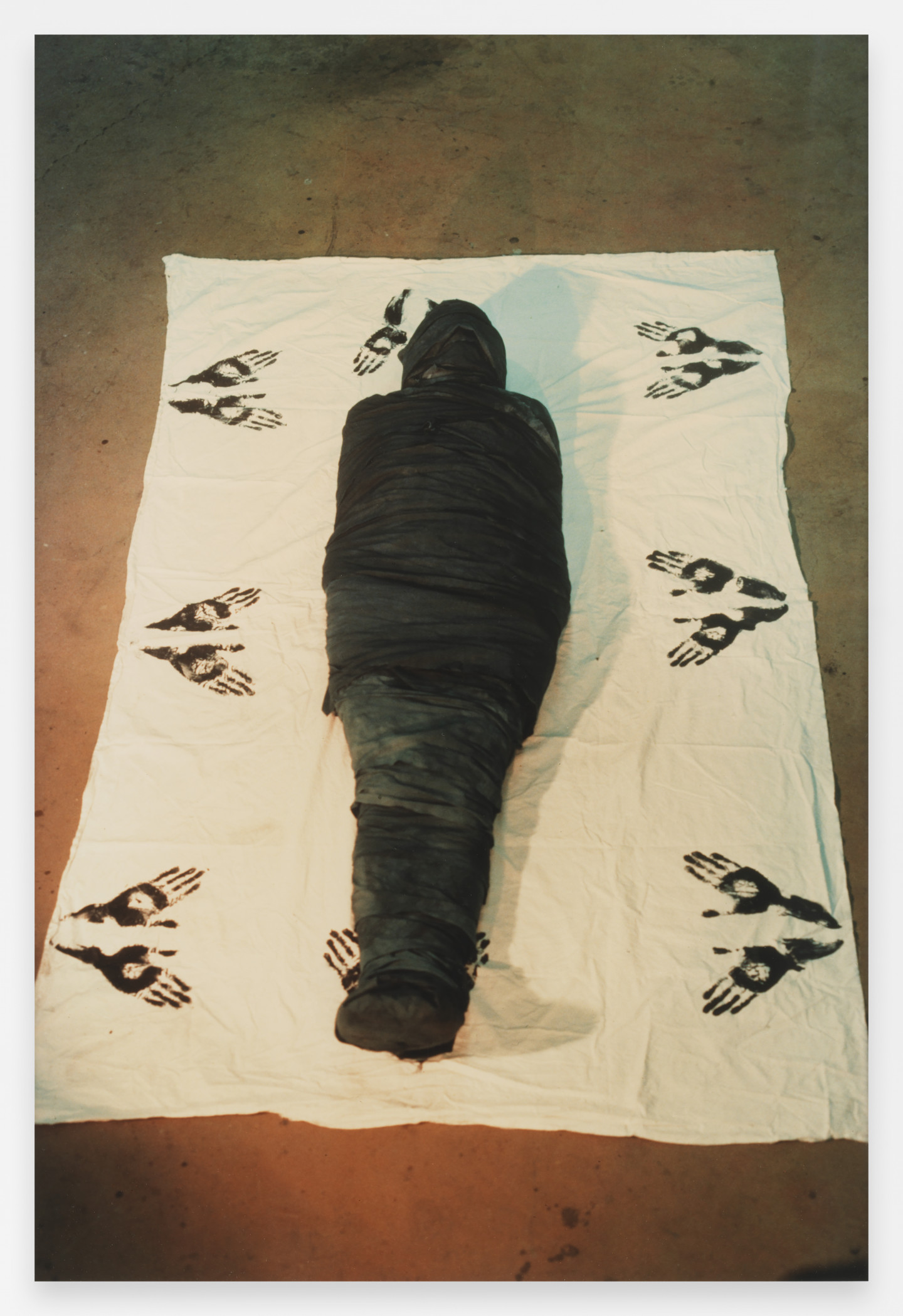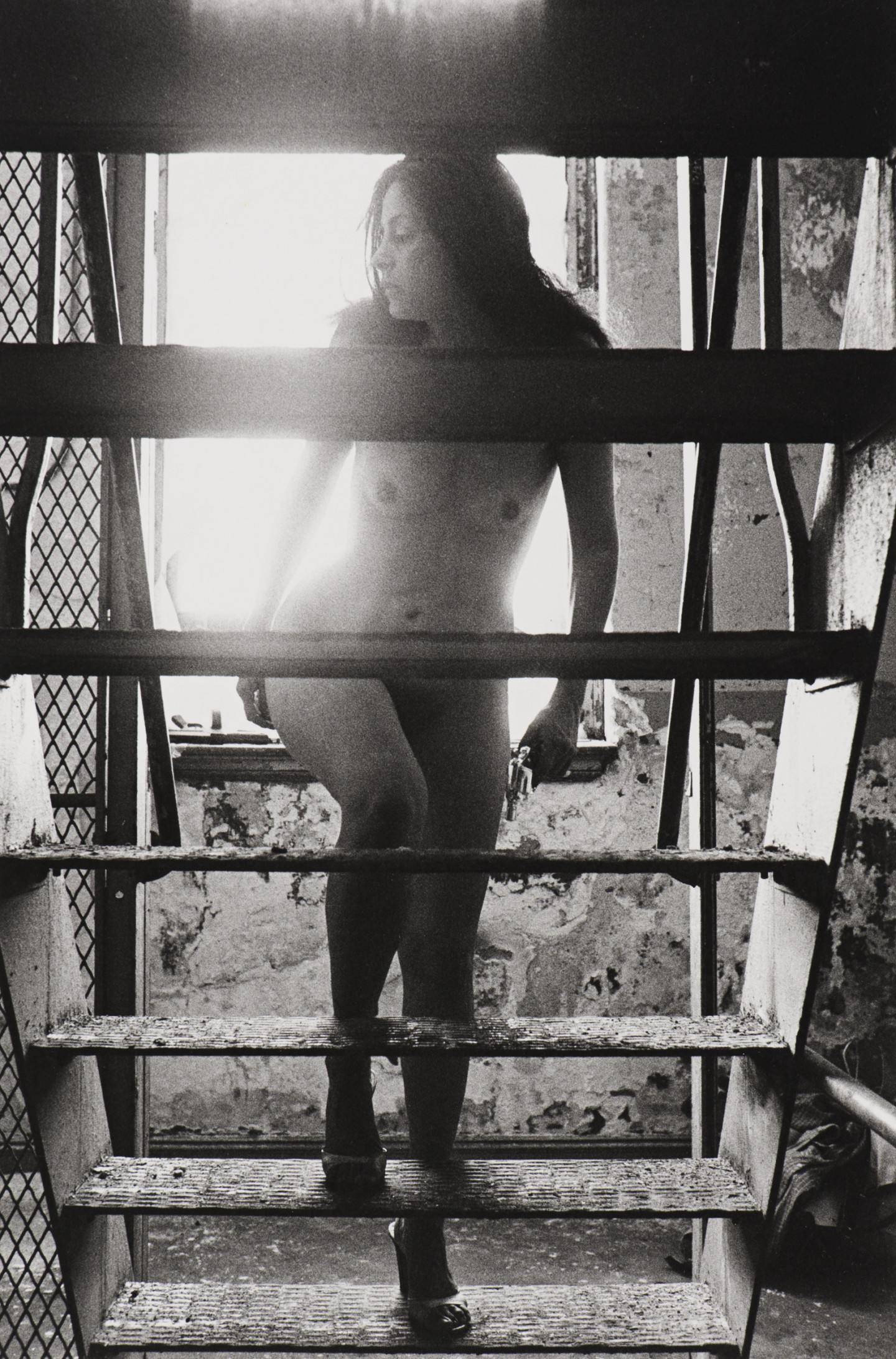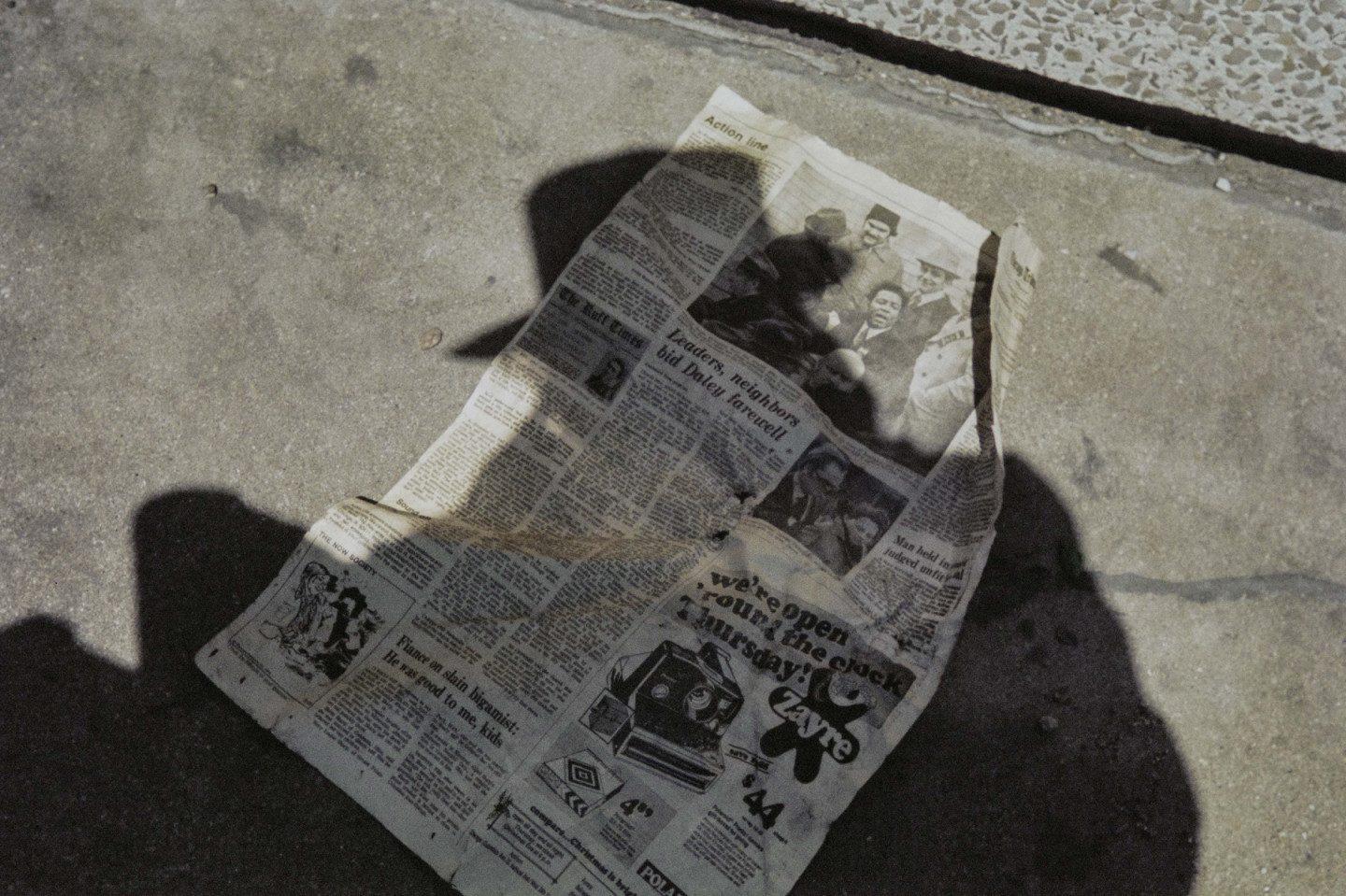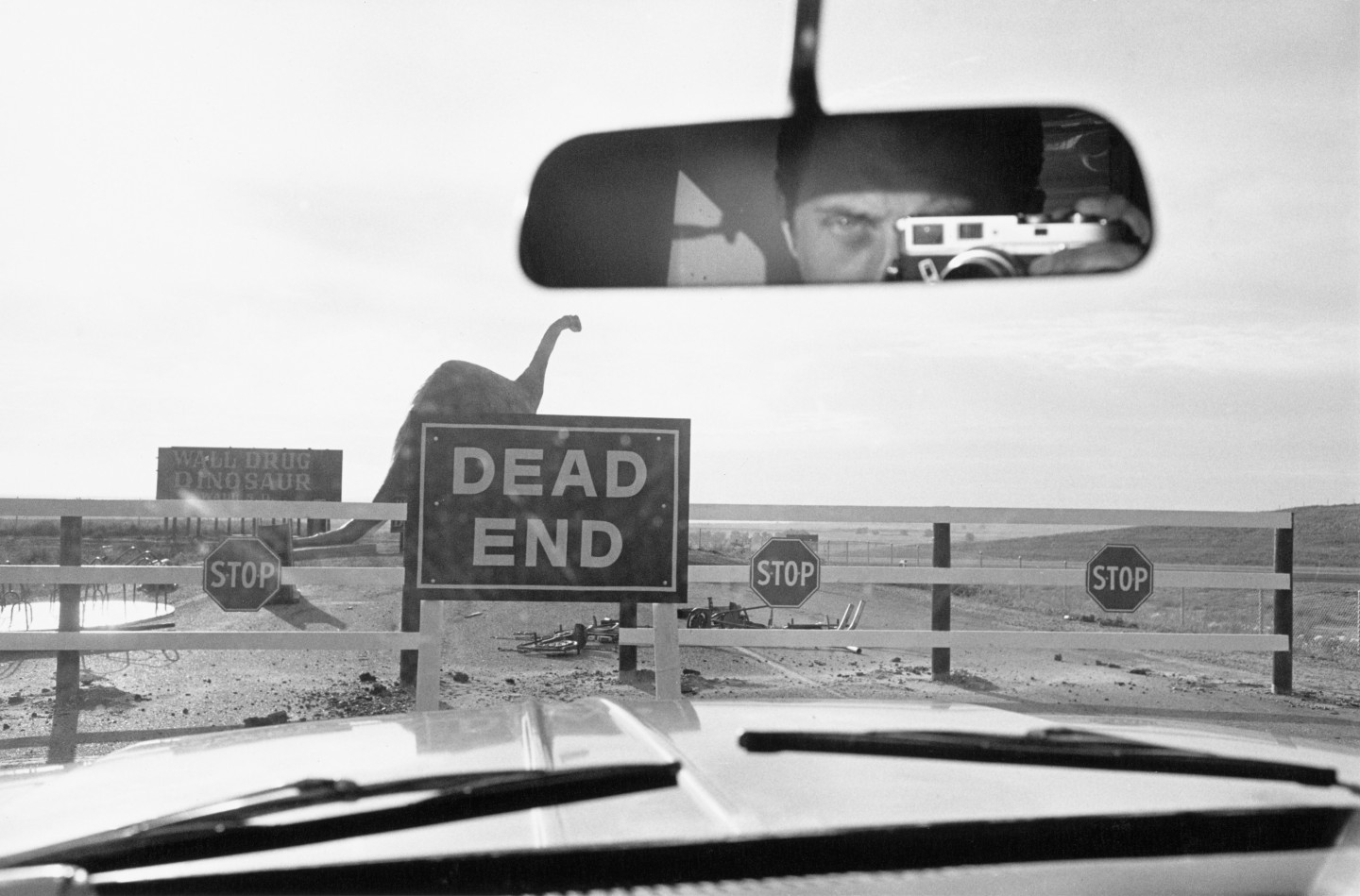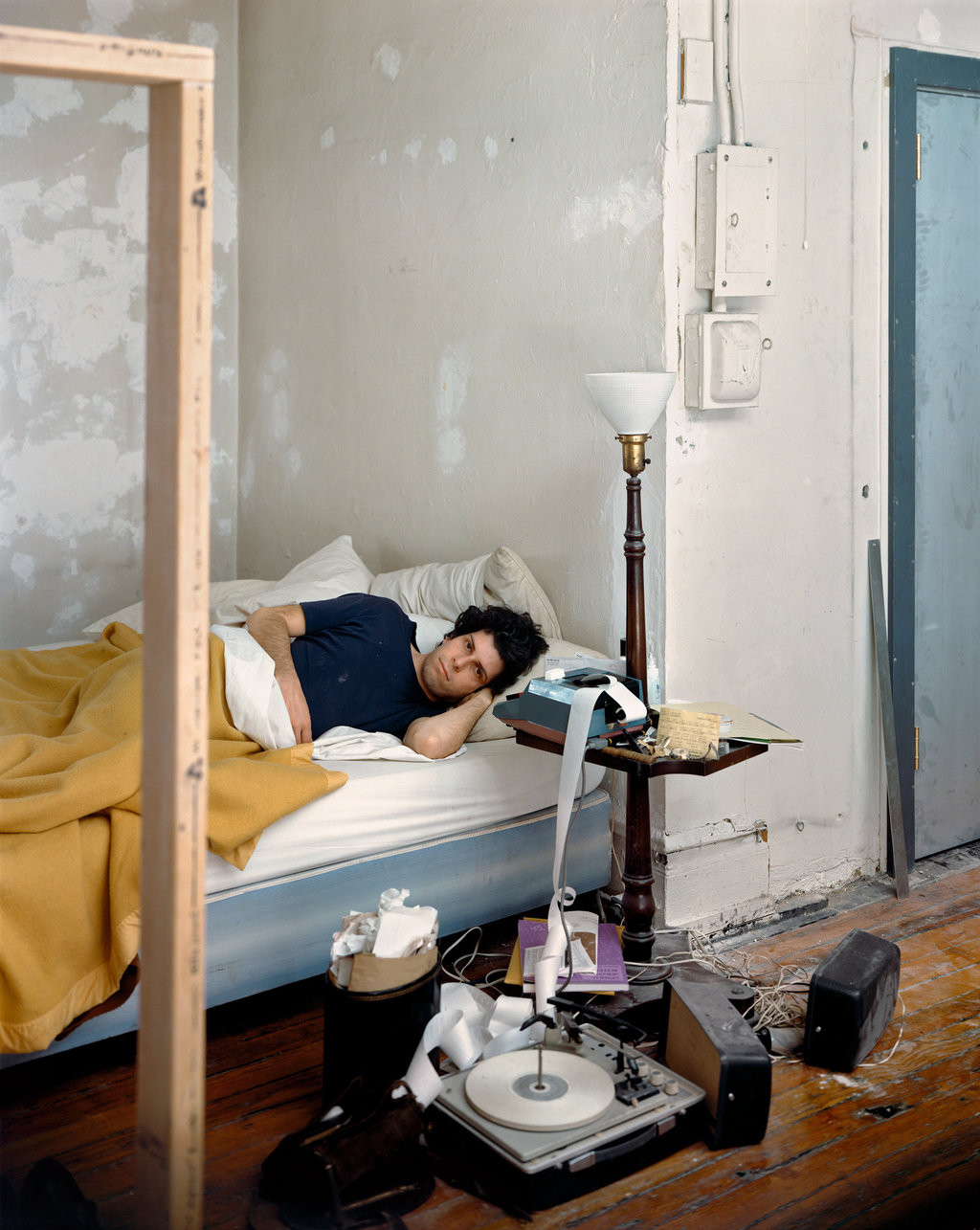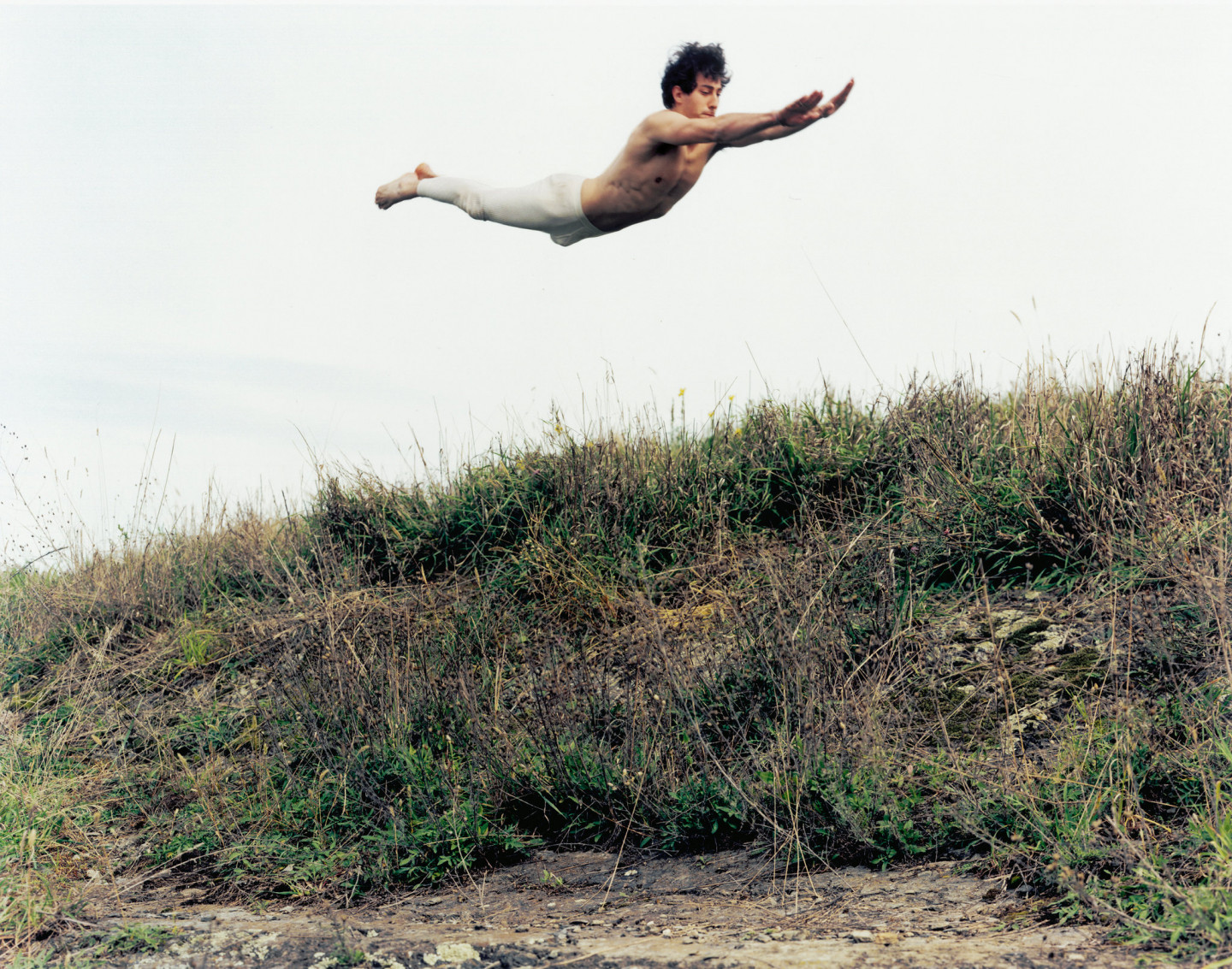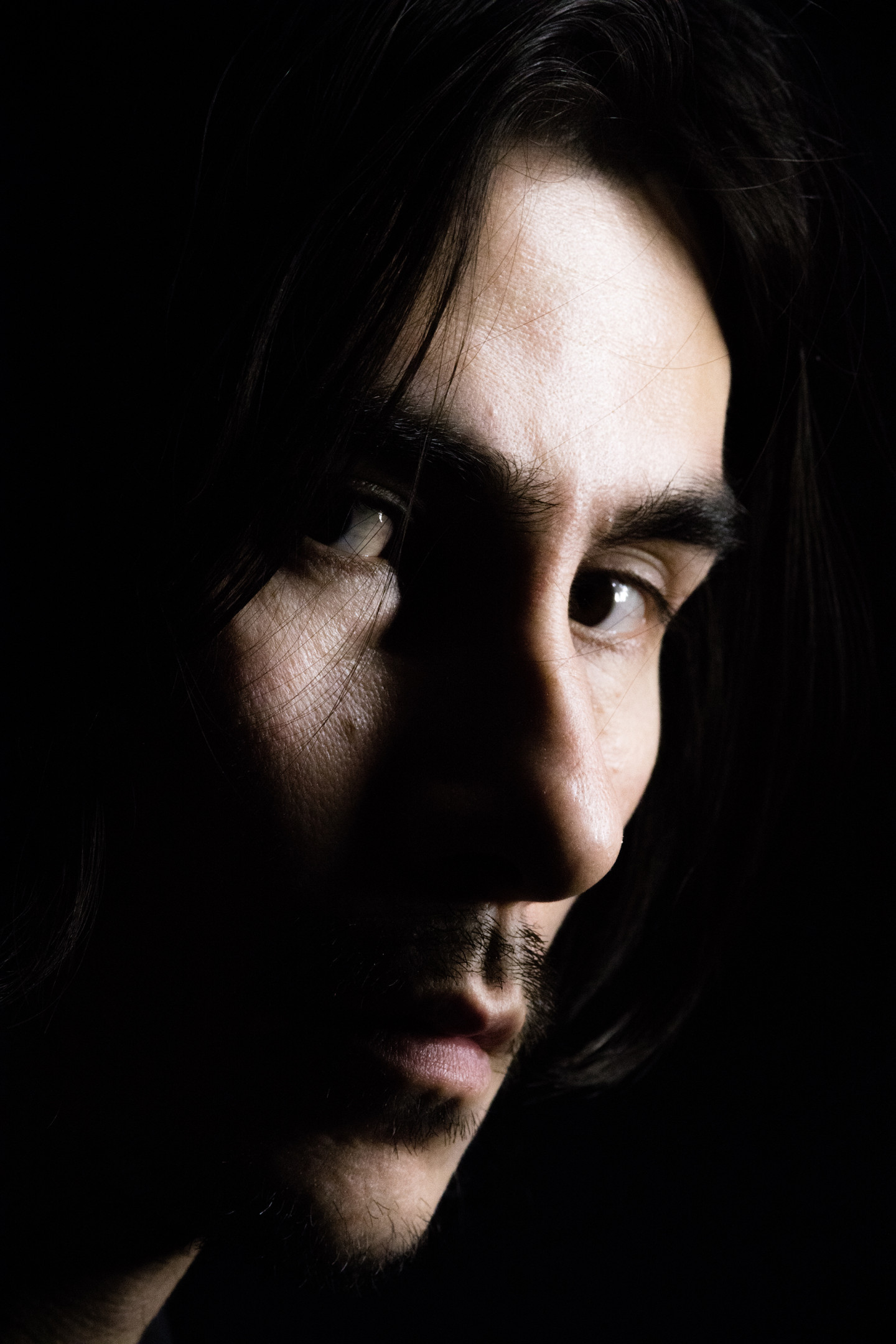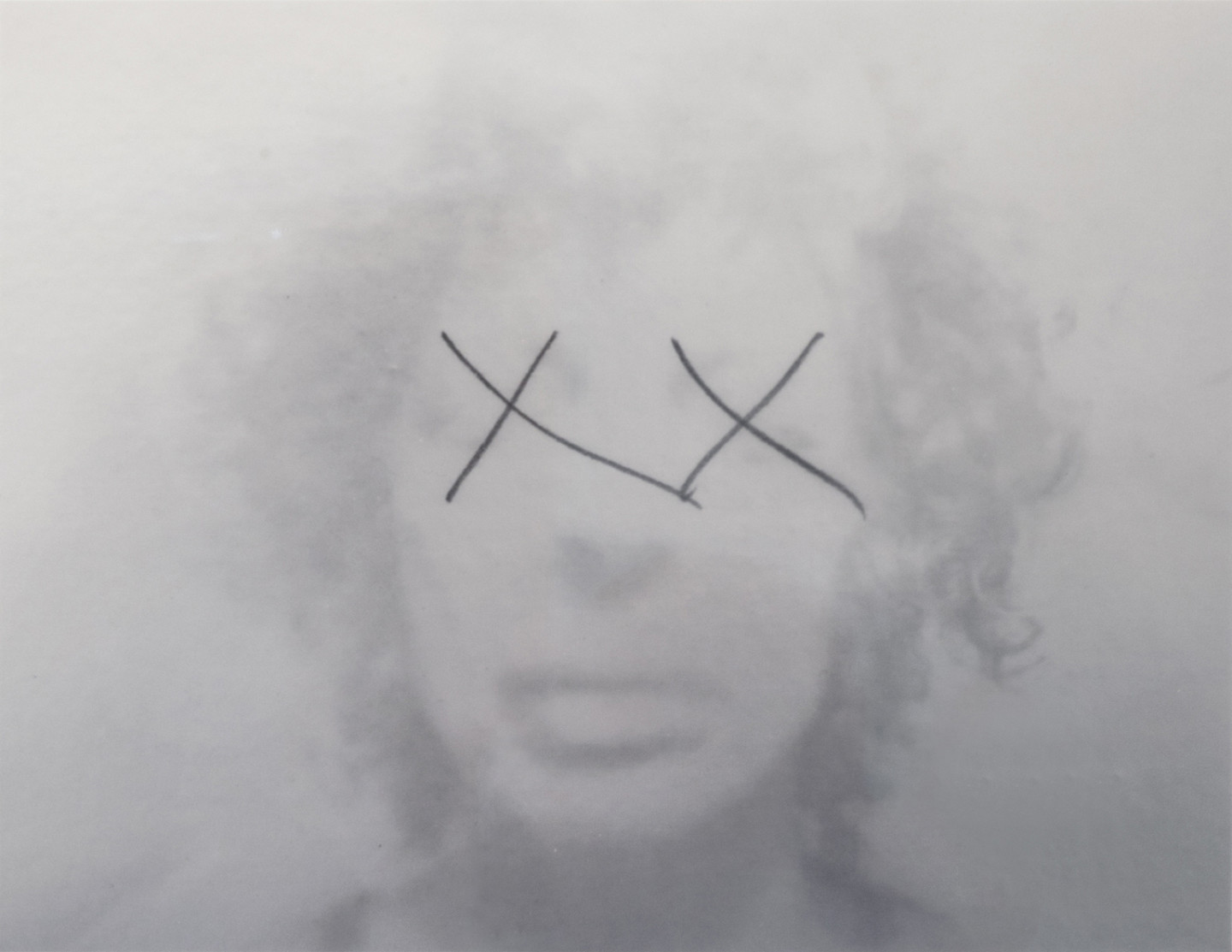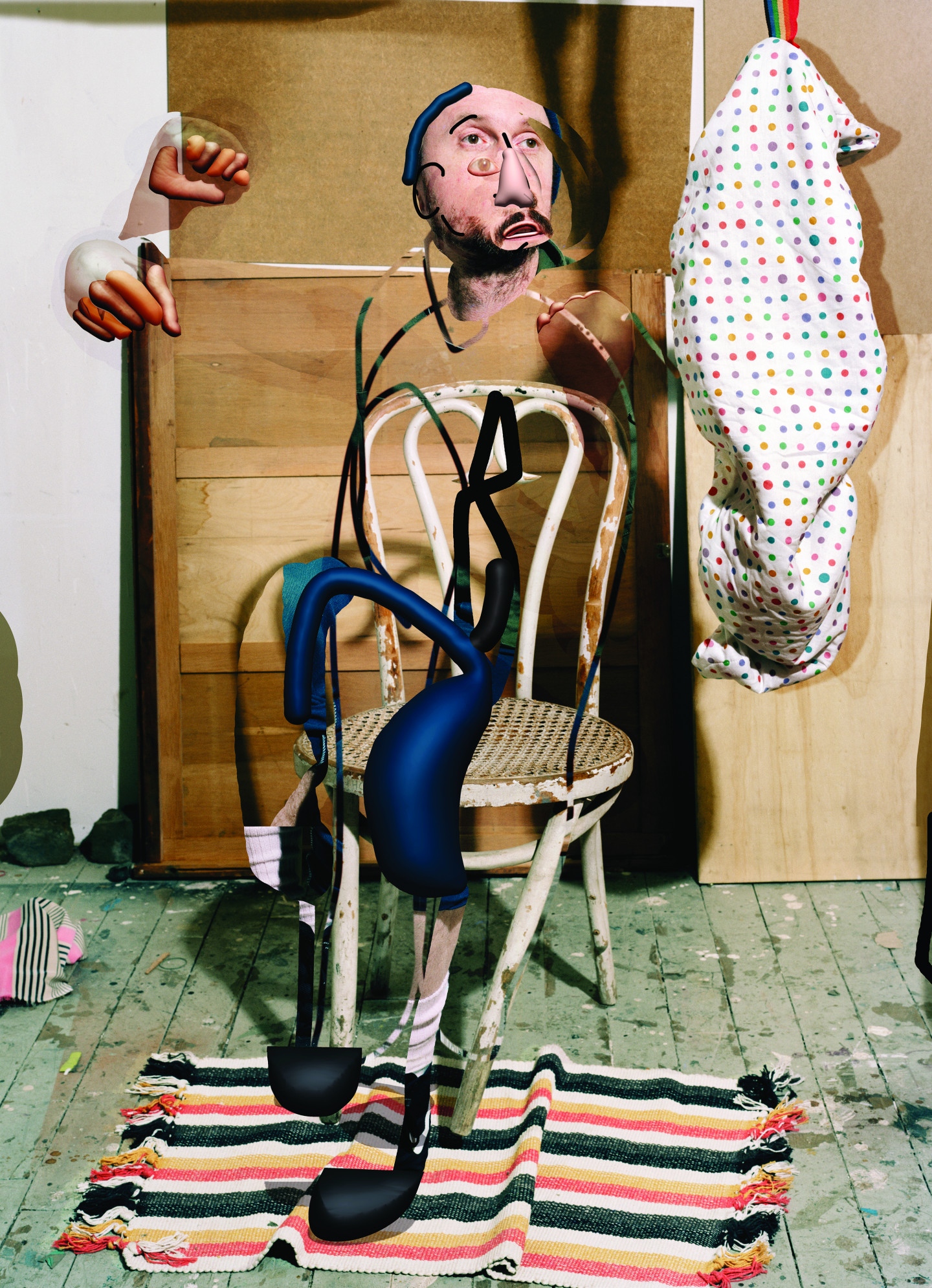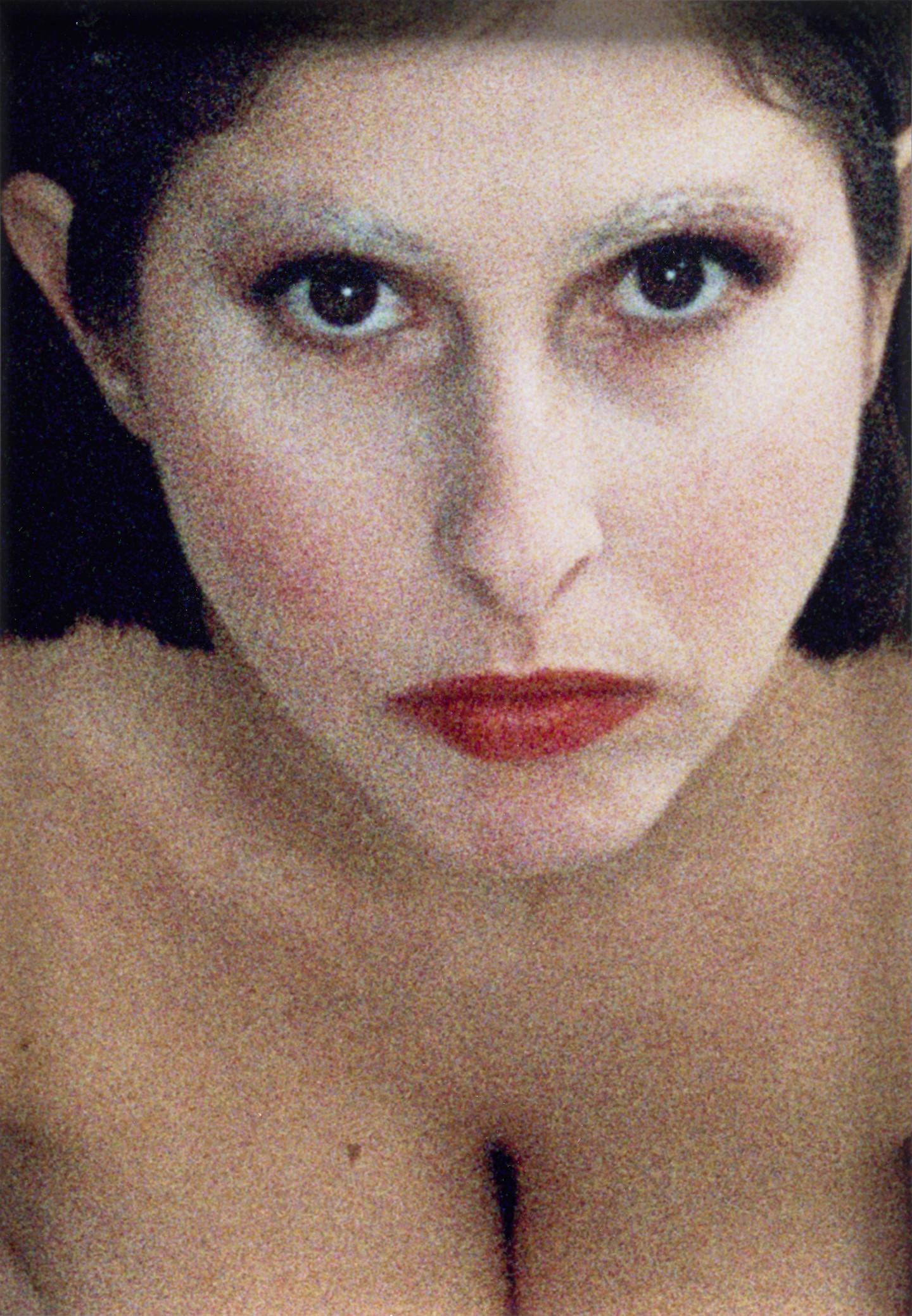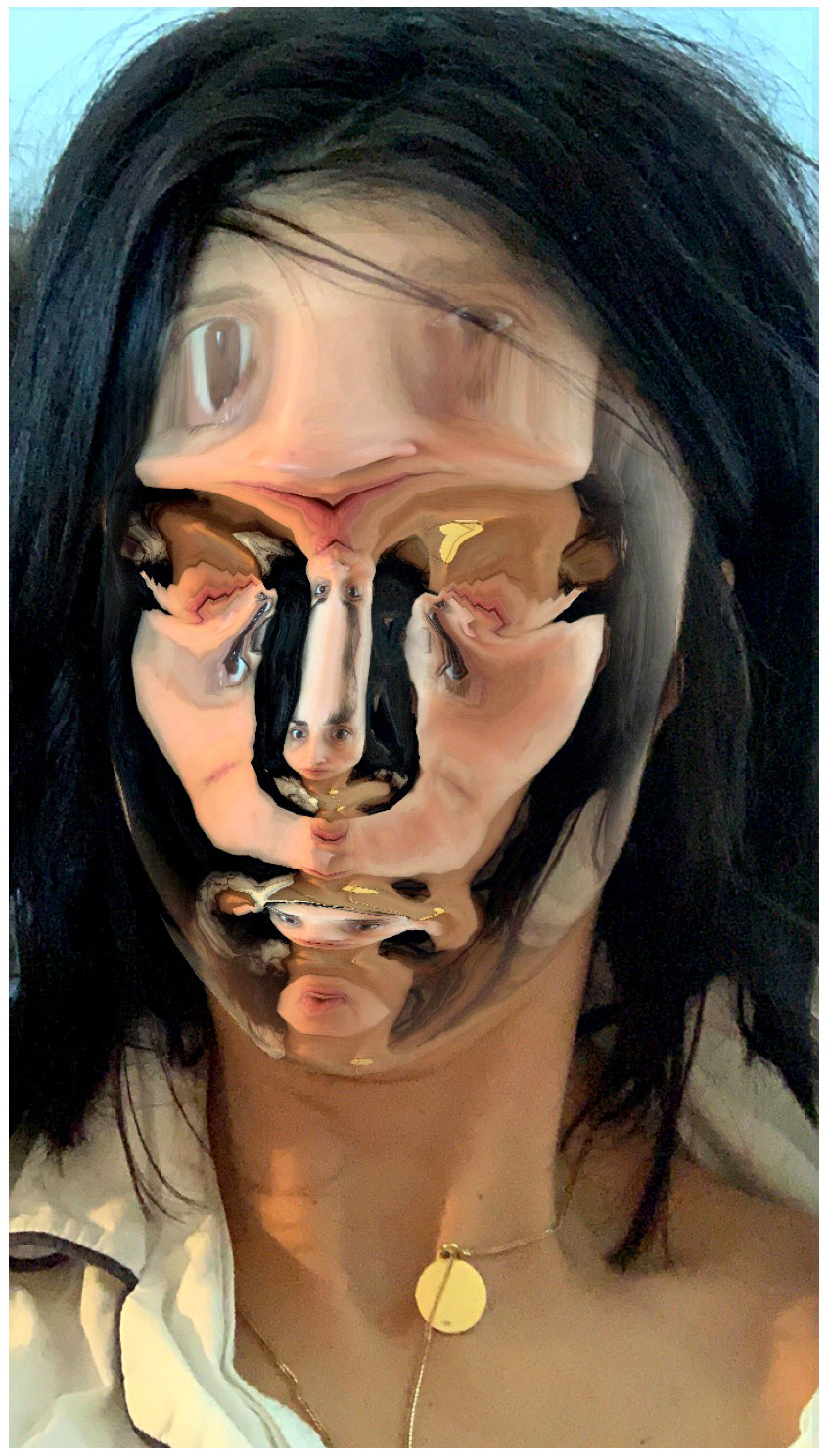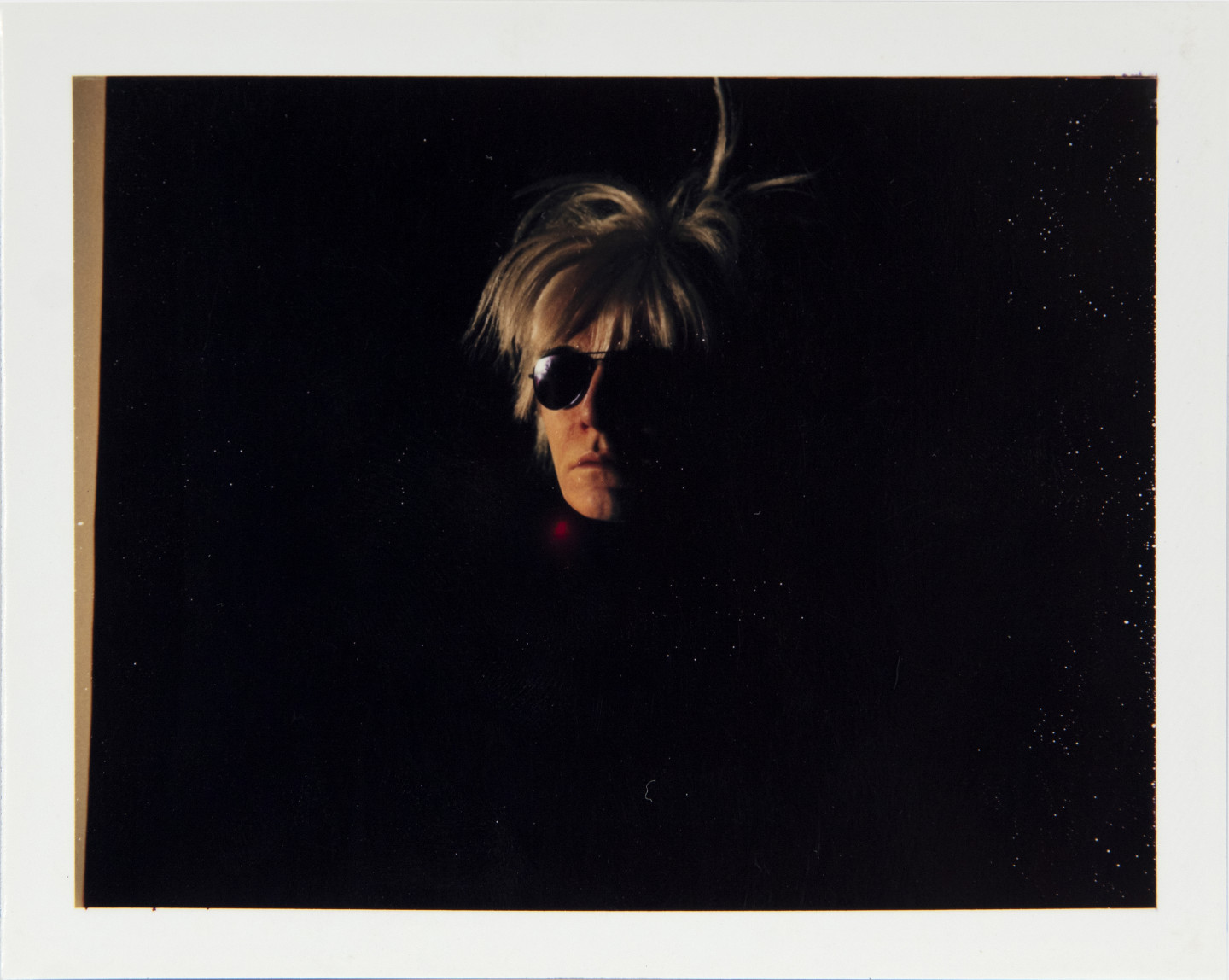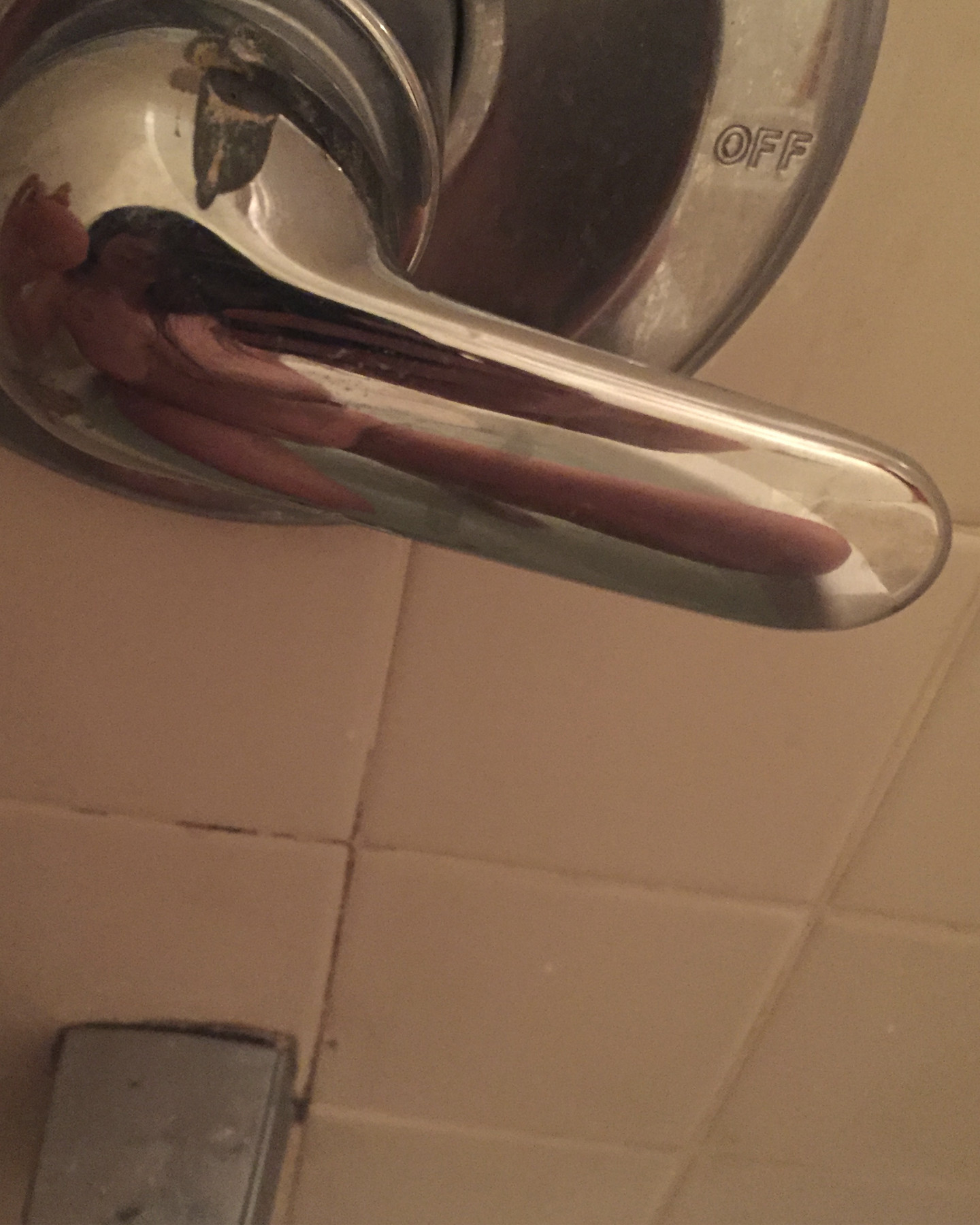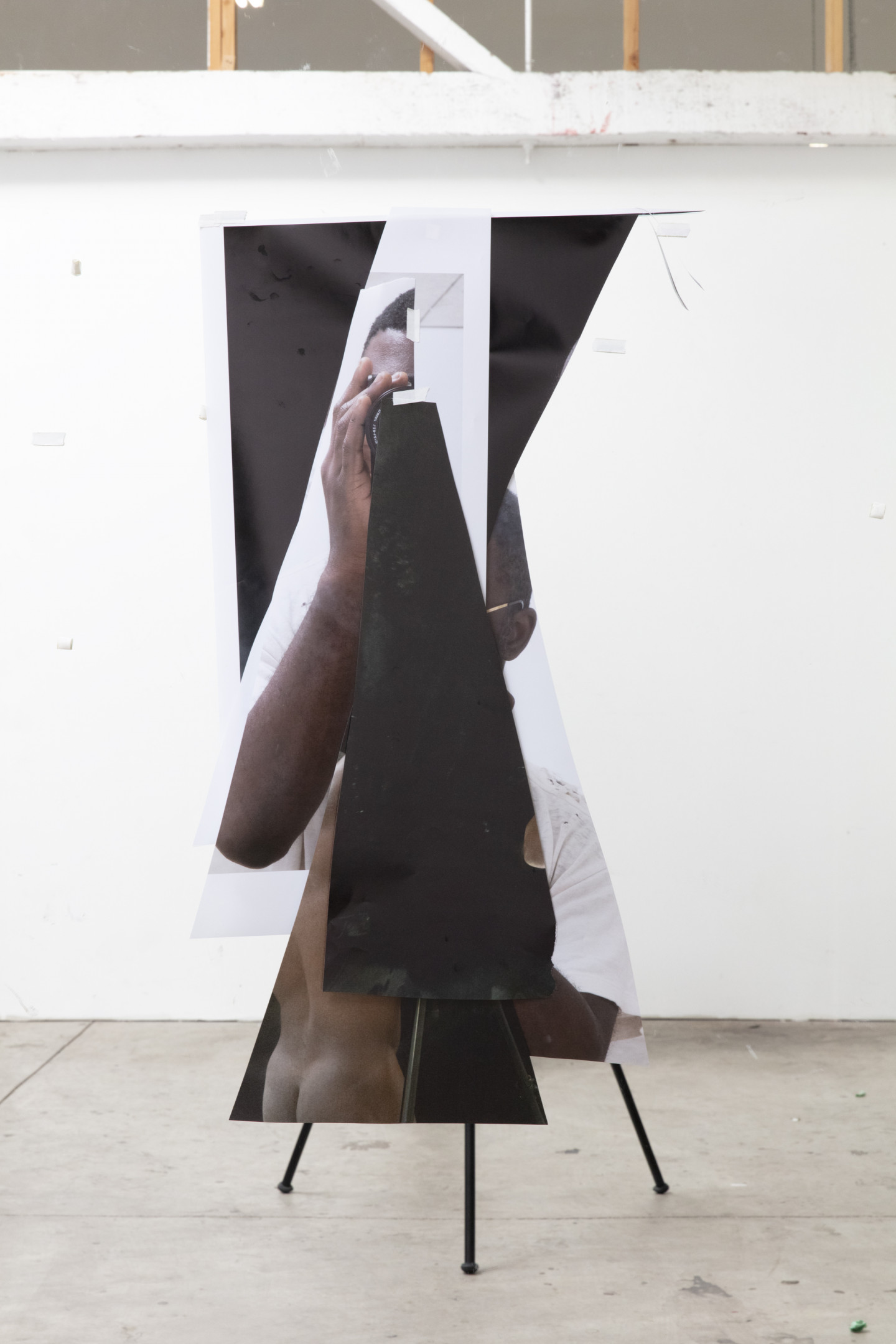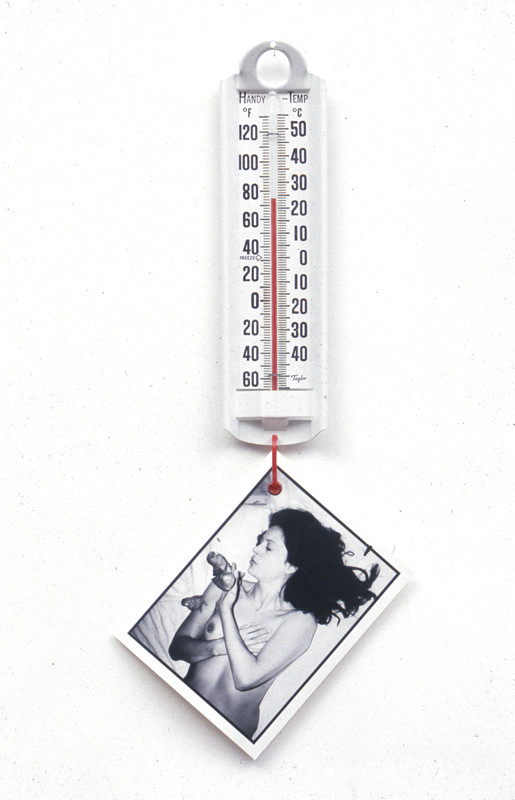James Fuentes is pleased to announce its inaugural online exhibition, The Artist and The Self, focusing on photographic self-portraits made from 1969 to the present, utilizing a range of tools, from a medium-format camera to an iPhone. The artists included are Ketuta Alexi-Meskhishvili, Janine Antoni, Lucas Blalock, Lizzi Bougatsos, Talia Chetrit, Barbara Ess, Lee Friedlander, Oto Gillen, Daniel Gordon, Vivian Maier, Ana Mendieta, Lucas Samaras, Paul Mpagi Sepuya, Stephen Shore, Andy Warhol, and Hannah Wilke. The range and depth of their self-portraits reflect the medium’s inherent ability to convey something transcendent and poetic in a world that is both right in front of us and not easily seen.
JamesFuentes.Online was conceived with the parameters of our physical gallery space on Delancey Street in mind. The experience of visiting the neighborhood, attending an opening, and viewing artworks is translated to an interactive platform. While we actively acknowledge that such a platform can never replace the experience of seeing art and being among friends in person, this project has given us the opportunity to think of new ways that our gallery program can serve those who are not able to physically visit our LES location. The online exhibition program allows us to continue the objectives of the gallery while we cannot operate out of the gallery itself, and will continue once the gallery is reopened. JamesFuentes.Online was designed and developed by Other Means, a graphic design studio based in Brooklyn.
Janine Antoni is known for her unusual and performative processes, using her body as both a source of meaning and a tool for navigating the world. In Tangent, Antoni teeters on a police barricade on a busy sidewalk. Stepping along the text “Police Line Do Not Cross,” she questions the law’s capacity to curtail the body’s movement in space. Lizzi Bougatsos is known for her performances, installations, writing, and photographs often using objects collected from her life, and as the lead singer for the band Gang Gang Dance. Included is an image from her Melt into my Fixtures (A Bathroom Horror Series), collapsing as much as possible the distance between the moment in which it was taken and in which it might be seen.
In many of her images, Talia Chetrit is her own subject, exploring what remains hidden within the practice and mechanisms of photography by treating the process of image-making as a kind of performance. Lee Friedlander began photographing the American social landscape in 1948, often including multiple layers of visual information within one dynamic composition. The result is often at once humorous and poignant in its treatment of the chaos of life and landscape. Oto Gillen's photographs tend to describe the exponential societal and ecological upheaval underway in the present moment, using both traditional and contemporary forms of photographic display. The artist’s self-portrait at 5am, April 15, 2020 occupies an immediate psychological space between documentary photographic methods and an impressionistic personal perspective.
Vivian Maier was a prolific photographer of life on the street, taking over 150,000 photographs during her lifetime. Although she traveled and photographed the world, many of her images capture the people and architecture of Chicago, New York City, and Los Angeles. Her 1977 self-portrait conveys a pulsing, fleeting moment of life on the sidewalk under sharp sunlight. Ana Mendieta created groundbreaking work in photography, film, video, drawing, sculpture, and site-specific installations that explored themes of exile, displacement, and a return to the landscape. Through a unique hybrid of form and documentation, her Silueta series presents fugitive traces of the artist’s inscriptions of her body in the landscape, often transformed by natural elements like fire and water. Lucas Samaras’ expansive body of work across media and discipline is united by an emphasis on the body and psyche; autobiography and identity. In 1969, he began using a Polaroid camera to create portraits and images, altering the images through collage and hand-applied ink, as well as manipulating the wet emulsion of the film. His 1973 Photo-Transformation is an extension of this early experimentation.
Paul Mpagi Sepuya hones in on the relationship between artist and subject in his ongoing series of highly-crafted photographic portraits and self-portraits. The artist’s subjects are often revealed in fragments, around which the studio plays a central role in this constant process of negotiation between the artist, the sitter, the viewer, and the work itself. In 1986, months before his death, Andy Warhol created a series of Polaroid self-portraits against a black background, in which he hides behind dark sunglasses-wearing his iconic artificial fright wig. Detached and disguised, these portraits remain some of the artist’s most striking work, representing the culmination of four decades of portraiture. Emerging in the 1960s amidst the women’s liberation movement in the U.S., Hannah Wilke’s deeply personal compositions across drawing, sculpture, performance, photography, and video face prevailing cultural notions about women and female sexuality. Her conceptual works were often intimately bound to her own body, which she used as a tool to explore and reflect her own experiences. Wilke described her practice as “internal wounds, made from external situations.”
Daniel Gordon typically combines a great mass of color, texture, and pattern in his trompe-l’oeil still-life photographs. Here, Gordon’s untitled photograph speaks to the artist’s early determination to learn how to fly. This series of images presents the intersection between his compulsive desire to fly and photography’s capacity to capture that suspended moment, freezing the artist’s action between transcendence and doom. Lucas Blalock’s self-portrait is the result of compressed and re-combined pieces of images of the artist in a chair. By his alterations, 3-dimensional elements inflate and extrude into the indeterminable flattened space of the photograph, producing a kind of emotional, supernatural presence in which one world comes into contact with another. Ketuta Alexi-Meskhishvili’s images mark the confluence of digital and analog photography. Beginning with a simple snapshot, Alexi-Meskhishvili applies a transformative process of alteration by hand and digital means, mirroring the manipulation and authenticity at play in photography found online today. Reflecting the larger lineages inherent to each artist’s work, Stephen Shore and Barbara Ess—under whom Alexi-Meskhishvili, Blalock and Gordon studied at Bard College—are also included in the exhibition. Shore’s domestic New York self-portrait from 1976 is reflective of the scenes of ordinary daily experience for which he is known. Enriched through attention to color and composition, a seemingly banal image is rendered into a meditation on the range and intensity of life. Ess is renowned for her haunting pinhole photographs, and for using unconventional methods to underline the ambiguous nature of experience and representation. Ess is also known for performing in experimental bands in New York City’s ’80s and ’90s downtown art scene. Her recent images employ lo-fi optical devices and image systems, embracing the uncertain and unintended artifacts of her processes.

